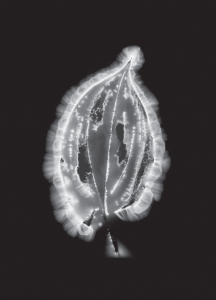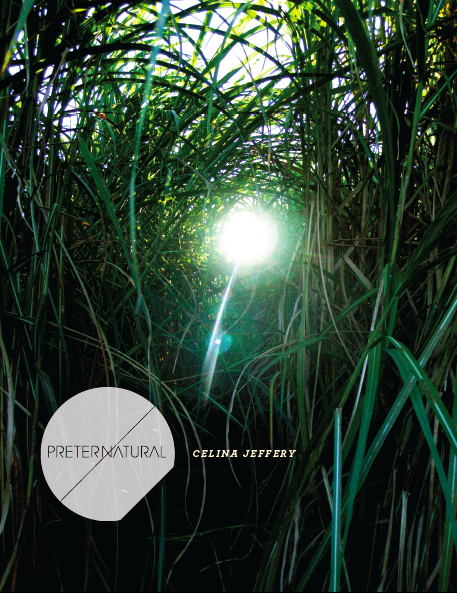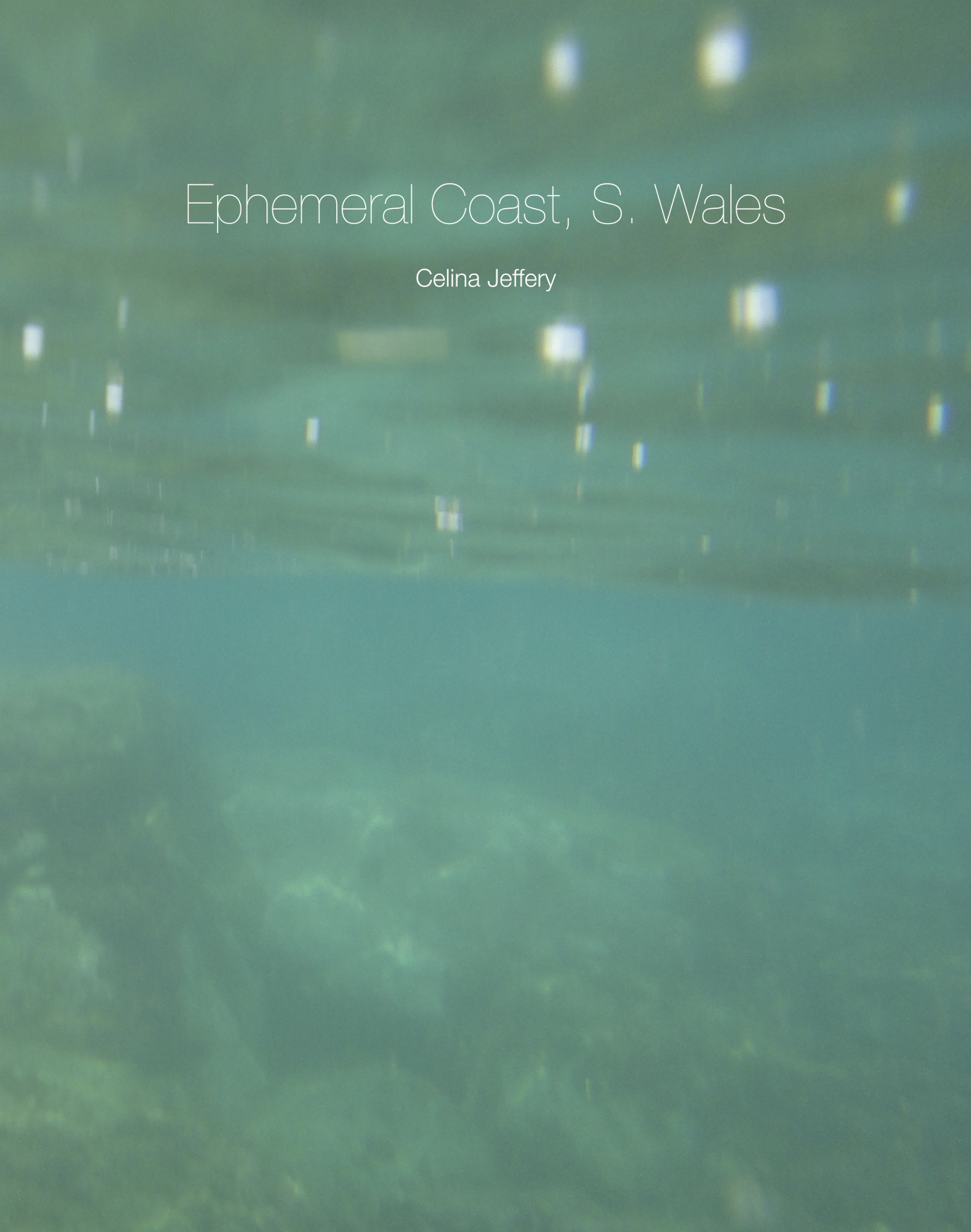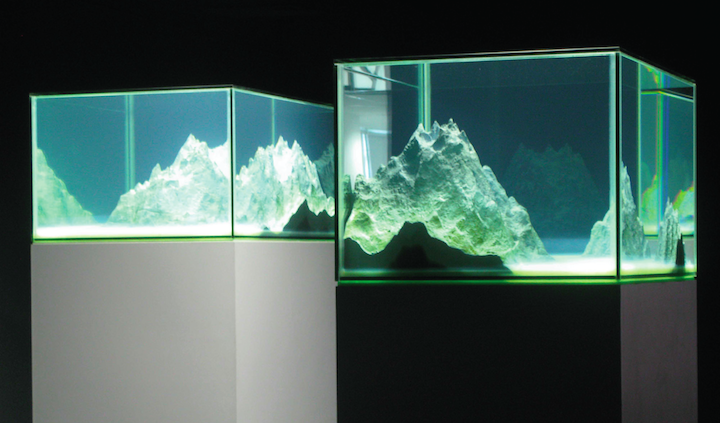The preternatural, as explored by these artists, disturb the ontological boundaries of art, nature and metaphysics. They exist within the folds of classificatory thresholds: both beyond and between nature and supernature; human and animal; vegetable and mineral; living and dead. The confusion between animate and inanimate is a primary concern, a surreality which unites with the preternatural’s love for reveling in the mysterious: bizarre fragments, unreadable words, objects of absurd scale, and distortions of the relativity of time and space flourish throughout this exhibition.
Preternatural is the catalogue for a multi-site art exhibition (9 December 2011 through 17 February 2012, in Ottawa, Canada) that draws from the idea that art itself is a form of preternatural pursuit, in which the artists participating explore the bewildering condition of being in between the mundane and the marvelous in nature. It questions a world that understands itself as accessible, reachable, and ‘knowable’ and counters it with a consideration of this heterogenous proposition.
At St. Brigid’s, a deconsecrated church Adrian Göllner (Canada), Avantika Bawa (India/USA) and Anne Katrine Senstad (Norway) explore the preternatural as a phenomenological condition through the investigation and exploration of perceptual illusions, the appearance of apparitions, and synaesthetic effects. In Adrian Göllner’s site-specific installation, puffs of white smoke appear and then dissipate in time with Handel’s Messiah from the ornate vaulted ceiling, gesturing at an ethereal presence. Avantika Bawa seeks to subvert, tease and create a play of artifice in an otherwise unique and extraordinary place with her interventions that involve the placement of yellow plastic wrapping along the pews, a yellow ramp on the altar, and the playing of the musical key of ‘e’ from a ‘boom box.’ Anne Katrine Senstad further investigates the tradition of mystical melody with The Kinesthesia of Saint Brigid, a video projection which frames the organ at the rear of the church.
Figure 1. Mariele Neudecker, Heaven, Sky (2008)
At the Canadian Museum of Nature, there is both reverence and mystery in Mariele Neudecker’s (UK/Germany) works which capture, invert, and re-make nature. Informing Neudecker’s work is the preternatural’s ability to subvert the logic of that which is both strange and familiar, a condition which is shared by Andrew Wright (Canada), who addresses the landscape of the Arctic as a heterotopic space that is disorienting, bewildering, and curious. Marie-Jeanne Musiol’s (Quebec, Canada) electromagnetic photographic technique is used to create a herbarium, in which spectral images reveal microcosmic concerns through tiny particles of light that emanate through the darkness. Sarah Walko’s (USA) It is least what one ever sees is a highly intricate installation that comprises many hundreds if not thousands of tiny, disparate sculptural and live objects that seek to exist outside of ‘natural’ logic. In The Sugarcane Labyrinth, a video by Anne Katrine Senstad (Norway), we encounter the making of a labyrinth on a farm in Theriot, Louisiana, USA which engages with local farming strategies in an act of sustainability, recovery, and rejuvenation. Lastly, Shin Il Kim’s (Korea/USA) work at the Patrick Mikhail Gallery bridges the spectral inquiry at St. Brigid’s and the subversions of the natural world at the Museum of Nature exhibit. Kim’s works are largely concerned with the act of contemplation: the subtle but concentrated engagement of the senses and the interconnectedness of experience in the immediate ‘here and now’ as a counterpoint to the frenzied, media-saturated world.
 Figure 2. Marie-Jeanne Musiol, Tricyrtis. From Mirrors of the Cosmos. Video, 2006.
Figure 2. Marie-Jeanne Musiol, Tricyrtis. From Mirrors of the Cosmos. Video, 2006.
This exhibition retains the preternatural’s engagement with prodigies: the exceptional and wonderful in the context of the natural, while acknowledging its critical unravelling of nature as art and art as nature. As such, it accepts the bizarre and incongruous nature of its etymology, in which art, nature, and comprehension collide and asks: what may be the experience of the preternatural in contemporary art?
The catalogue includes a Foreword and an Introduction, “Beyond Nature,” by Celina Jeffery, as well as an essay by Levi R. Bryant, “Wilderness Ontology.”
Preternatual Exhibition WEBSITE.





